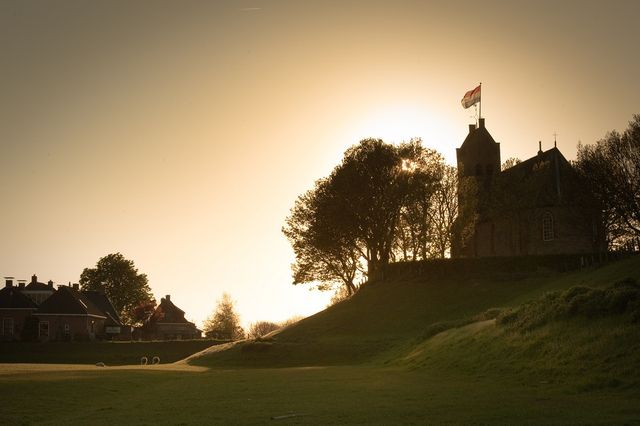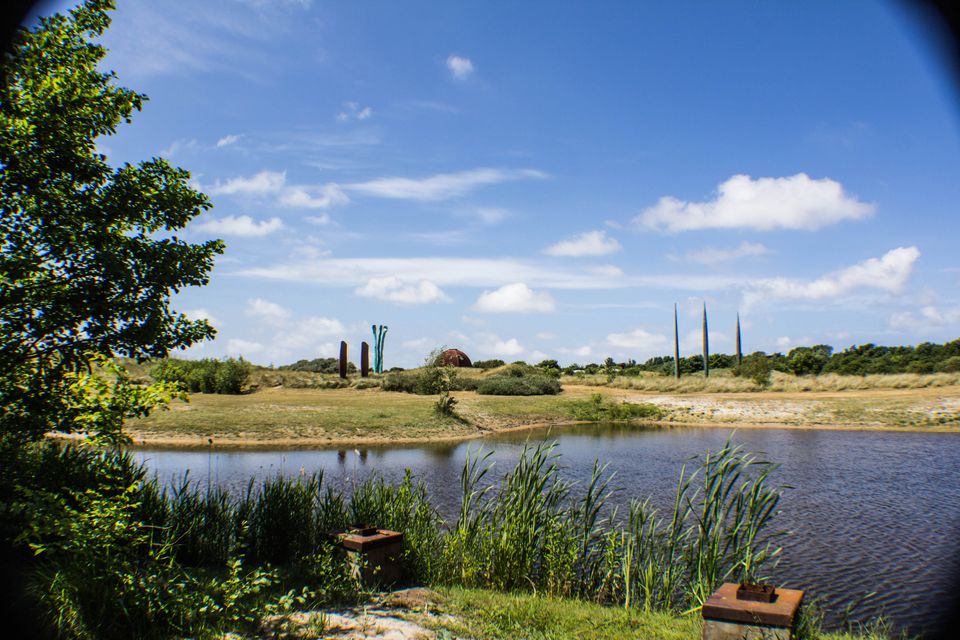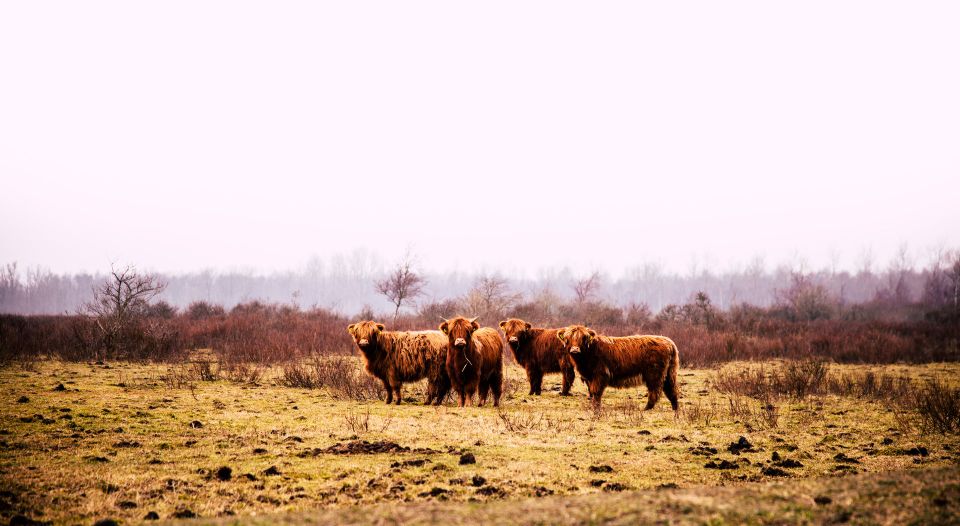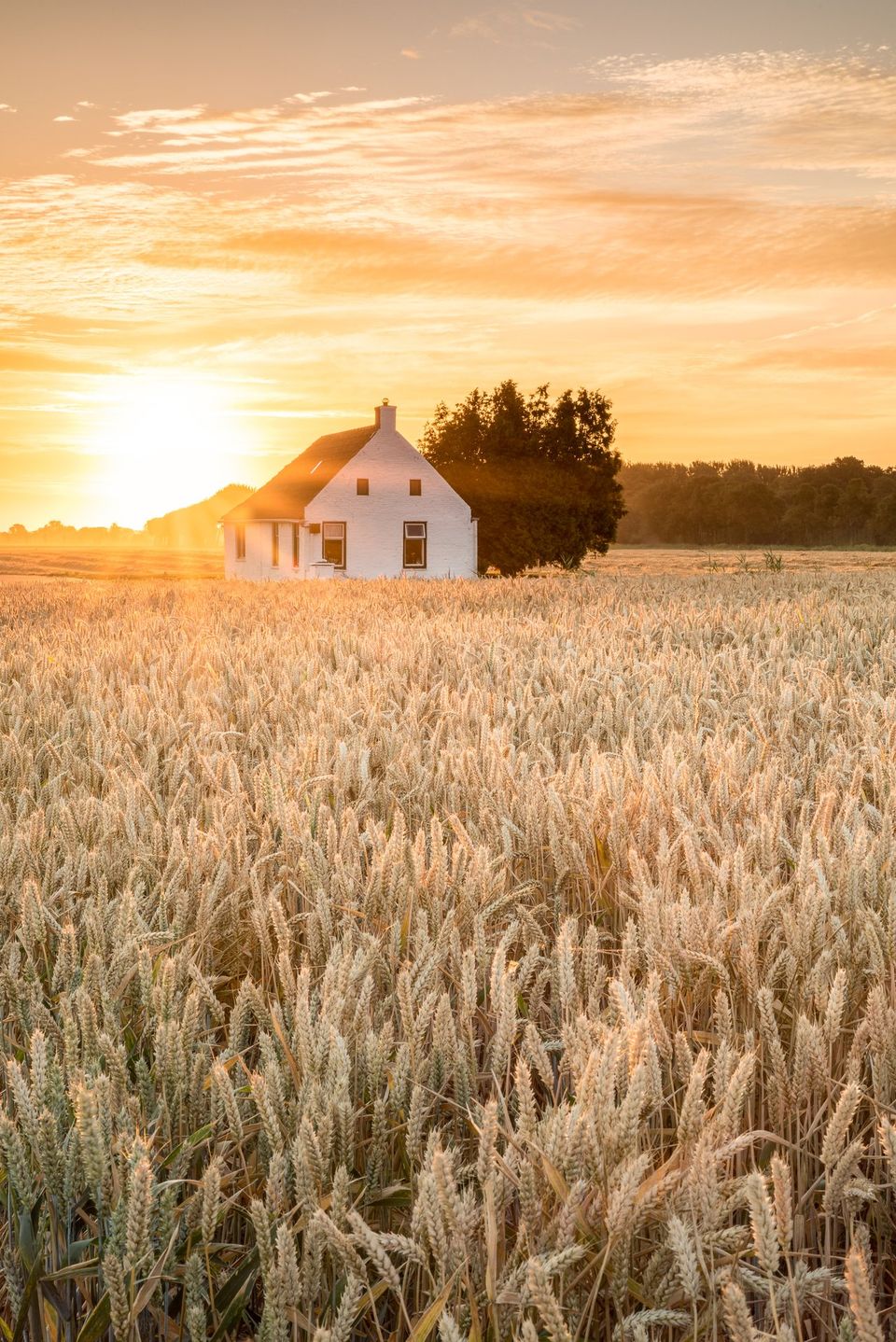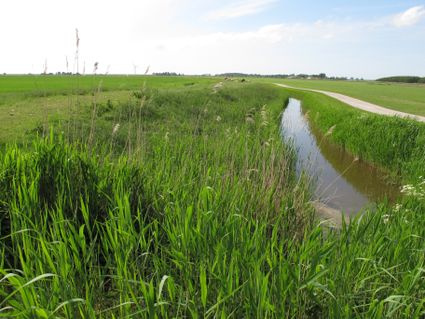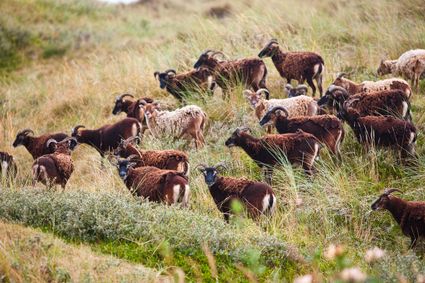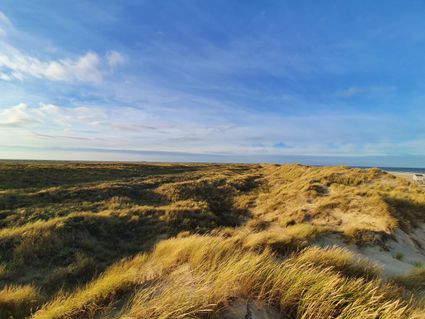Discover the Landscape along the Wadden Sea
Just look around; there's no mistaking where you are. The Wadden has a strong sense of place. You can always feel the Wadden Sea, even when you can’t see it. The smell, the wind, the screeching seagulls. But also the landscape. Because no matter how much humans have altered it, it is still clear that it was formed by the sea. From the fertile clay to the highest dune.
Agricultural land
The beauty of the Wadden area is that it’s so easy to recognise and yet at the same time so incredibly varied. Each island has its own landscape and identity. And that goes for the regions along the coast too. In Groningen the land that the farmers claimed from the sea became their property. In Friesland it didn’t. That's why the old mound villages in Northeast Friesland are located much closer to the Wadden Sea. In the coastal region of North Holland you can still see the former island of Wieringen.
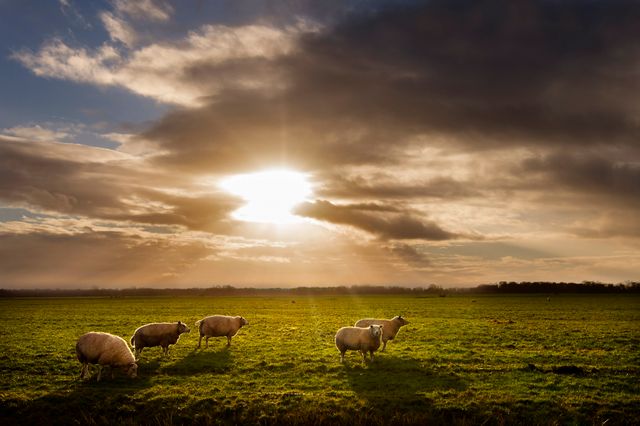
The entire coastal region is agricultural land. The farms tell you which province you’re in. When you see the pyramid-shaped Haubargs you know you’re in North Holland. A head-neck-torso? Then you’re probably in Friesland. And if you see imposing homesteads with adjacent houses that look like small palaces and meandering gardens, then you must be in Groningen.
The crops being grown, although not quite as obvious, are also tell-tale signs. Green potato fields with white and pink flowers can be found all along the coastline. Bright yellow rapeseed fields mean you are in either Groningen or Friesland. But the multi-coloured strips of tulip fields can only be found in North Holland (but not just on the mainland) and when you see a sea of grain then chances are you’re in Groningen.
Land of sheep
Sheep can be spotted on the dikes along the coast and on Terschelling but mainly on Texel and Ameland. Texel even has its ‘own’ breed: the texelaar. The tuunwallen landscape with its typical land divisions made of turf and the many schapenboeten (sheep sheds) that can be spotted as soon as you walk from the boat towards Den Burg are evidence of the island's long history of sheep herding.
Inspiring landscape
The prominent colours of the landscape and the skies in the Wadden area inspire many artists. There are many ateliers and galleries along the coast and on the islands. But the landscape itself is a form of art. On the dike, for example. From the Waaiboei near Nieuw Statenzijl to Wachten op hoog water near Holwerd. Or in the unique dune landscape De Nollen created by sculptor and gardener R.W. van de Wint.

Sense of the mudflats
The Wadden area not only inspires art; the vastness and tranquillity are also a place for reflection and contemplation. When you take the boat to one of the islands or simply walk through the fields, the hustle and bustle of everyday life seems to just disappear. This is also why there are so many yoga festivals on the islands and pilgrimage paths along the coast. Each province has its own Jacobspad, which is part of the European network of routes to Santiago de Compostela.
Religious heritage
The abundance of religious heritage that can be found in the Wadden area most likely also plays a role in this. Just think of the small yet impressive Roman and Romano-Gothic churches that seem to form a dichotomy with the terps and mounds they were built on. And if you look very closely you can see traces of the rich monastery life in many places along the coast. Most of the buildings disappeared during the Eighty Years’ War but traces of where the monks and their lay brothers lived are still visible in the landscape.
